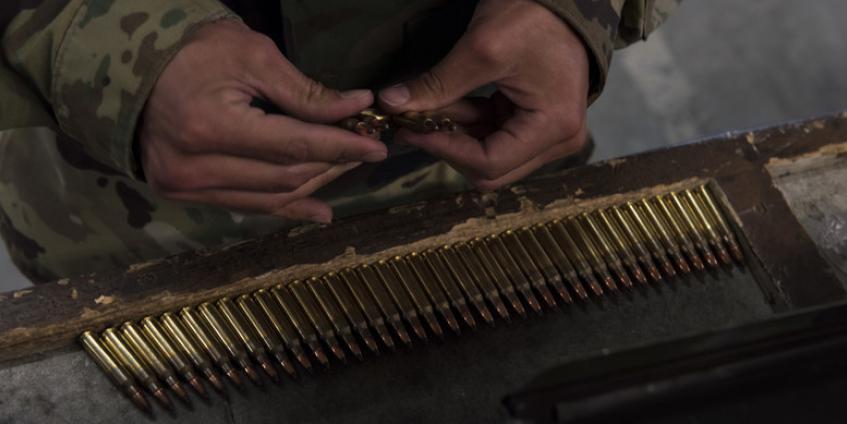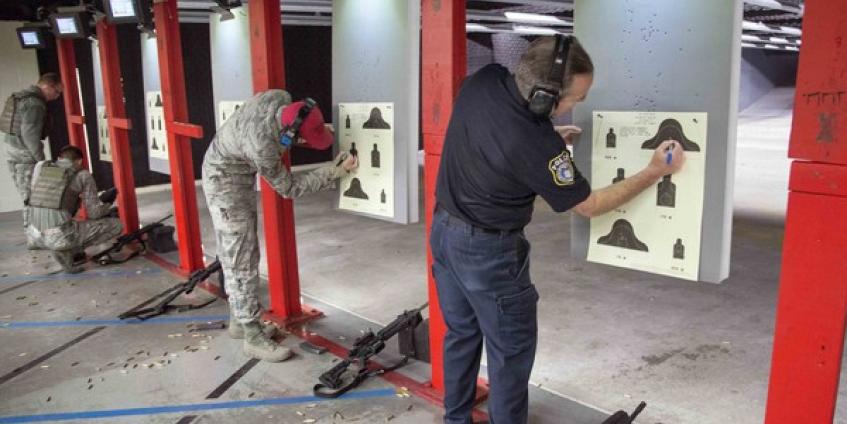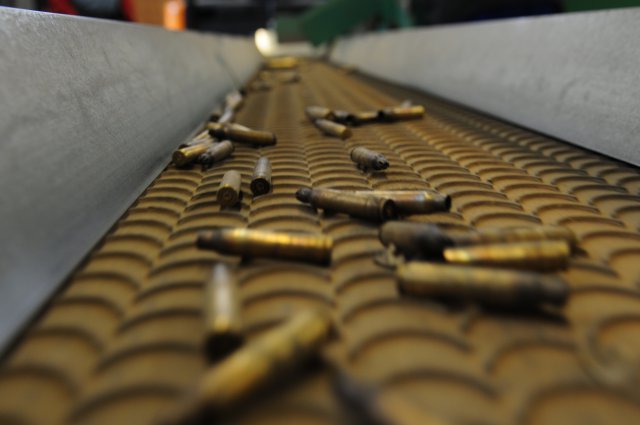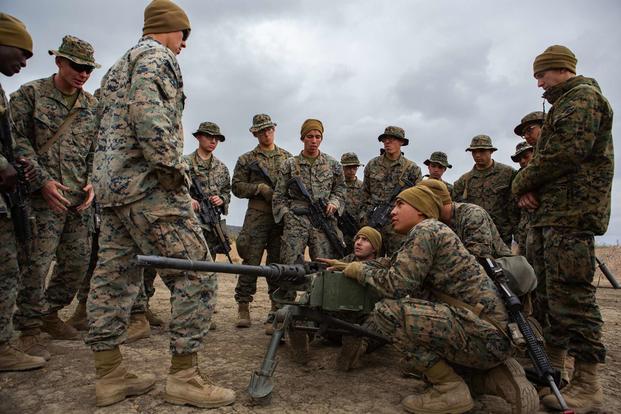Lethality of Future Small Arms Ammunition
DSIAC was tasked with determining and summarizing research being done with materials and/or design features to improve the lethality of future small arms ammunition. DSIAC performed searches within the Defense Technical Information Center Research and…







